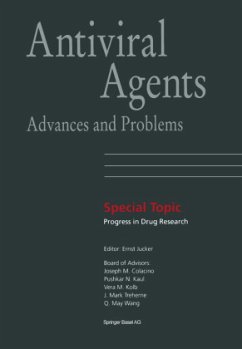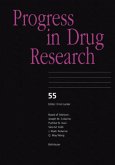In the treatment of infections caused by rapidly mutating viruses like human immunodeficiency virus (HIV), combination therapy with multiple drugs act ing by different mechanisms offers several advantages over monotherapy. It may provide: synergistic effect, possible reduction of dosages and side-effects, and reduction of the chance of drug resistance. In the past few years, hun dreds of HIV protease inhibitors have been synthesized and tested in order to overcome the limitations of reverse transcriptase inhibitors like zidovudine and others. In this review, emphasis is placed on the development of HIV pro tease inhibitors as antiviral agents against HIY, and structure-activity rela tionship analysis of saquinavir and related compounds. Limitations of some protease inhibitors and ways to overcome the shortcomings are presented. Among these many protease inhibitors five have been marketed during 1995-1999. They are saquinavir, ritonavir, indinavir, nelfinavir and ampre navir. Their different structural features, important physicochemical, phar macokinetic and clinical profiles are presented in a table form for easy com parison. It is hoped that in the future new drugs based on additional mech anisms can be developed for the treatment of AIDS. Contents 4 1 Introduction .................................................................... . HIV protease as a target for chemotherapy ................................... . 2 5 Design of protease inhibitors .................................................. . 3 5 Basis of rational design of HIV protease inhibitors ........................... . 3.1 5 New development of HIV protease inhibitors ................................ . 6 3.2 HIV protease inhibitors on the market ........................................ . 20 4 20 4.1 SAR of saquinavir and related compounds .................................... .
Hinweis: Dieser Artikel kann nur an eine deutsche Lieferadresse ausgeliefert werden.
Hinweis: Dieser Artikel kann nur an eine deutsche Lieferadresse ausgeliefert werden.









